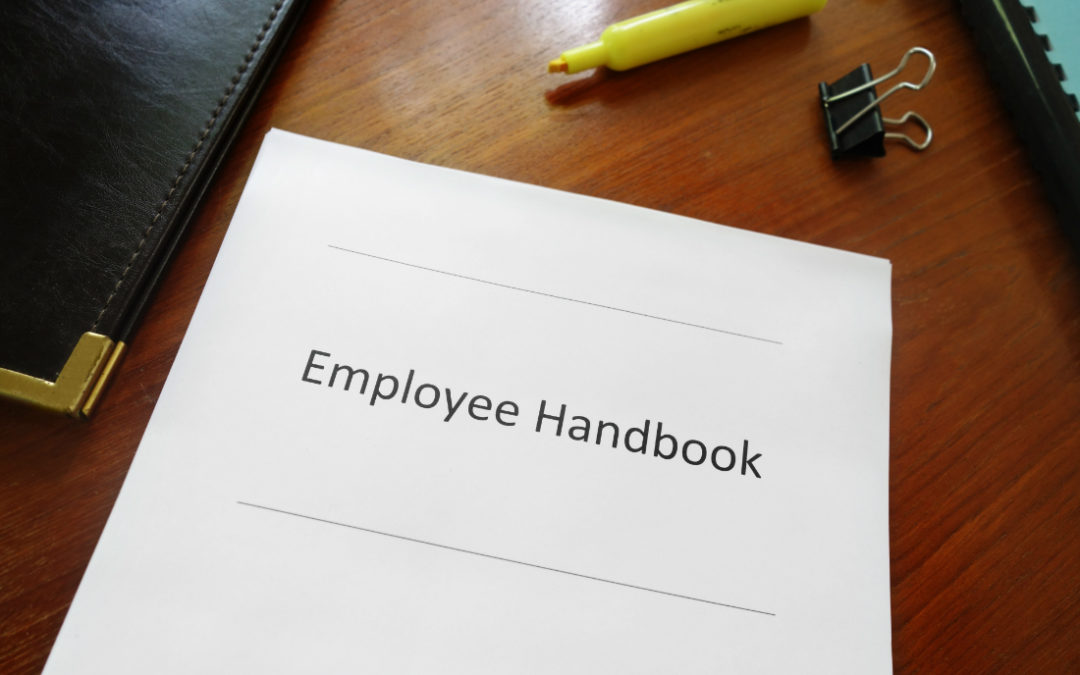It’s probably safe to say that most employers have created some form of an employee handbook. But just because your organization has one, that doesn’t mean it’s functional. An outdated or poorly written handbook could harm your organization by misleading employees or sending mixed messages about your HR policies. That’s why you must make sure yours is regularly reviewed and revised.
Protect yourself
Among the primary reasons organizations invest in employee handbooks is protection from lawsuits. In today’s litigious environment, it’s best to prepare for the worst. Clearly written HR policies will strengthen your defense if an employee sues. Don’t wait to test this theory in court — ask your attorney to review the legal soundness of your handbook. Then make all the recommended changes.
Why is this so important? A manager without a legally sound employee handbook is a lot like a coach without a rulebook. You can’t expect your managers or team members to play by the rules if they don’t know exactly what they are. A comprehensive handbook will ensure that all employees know the game before they hit the field.
Promote your organization
Employee handbooks also can communicate the total value of working for your organization. Employees sometimes don’t appreciate all the benefits their employer offers. Perhaps this is because they — and maybe even some managers — don’t know about them.
Your handbook should express that you care about employees’ welfare and show how you go about providing that support. To do so, identify and explain all the benefits you provide. Don’t stop with the obvious discussions of your health care and retirement plans. Describe your leave policies, any work schedule flexibility you offer and fringe benefits (such as life insurance, educational assistance or fitness center membership).
Avoid shortcuts
One word of caution: When looking to update their handbooks, some employers acquire a “best in class” example from another employer and try to adopt it as their own. Doing so generally isn’t a good idea. That other handbook’s tone may be inappropriate or at least inconsistent with your industry or organizational culture.
Similarly, be careful about downloading handbook templates from the Internet. Chances are you’ll have no idea who wrote the original, let alone if it’s in compliance with current laws and regulations.
In addition, a “boilerplate” employee handbook may be based on one state’s laws, leaving it unsuitable for employers outside that state or that operate in several states. Distributing a handbook that doesn’t apply to the state(s) in which you operate can lead to administrative — or, worse, legal — nightmares.
Reintroduce yourself
If your employee handbook has been sitting on a shelf for several years, now is a good time to pull it down and blow off the dust. A thorough update may not only prevent confusion but also allow you to “reintroduce” yourself to your employees and show off why you’re a great employer in 2019.
